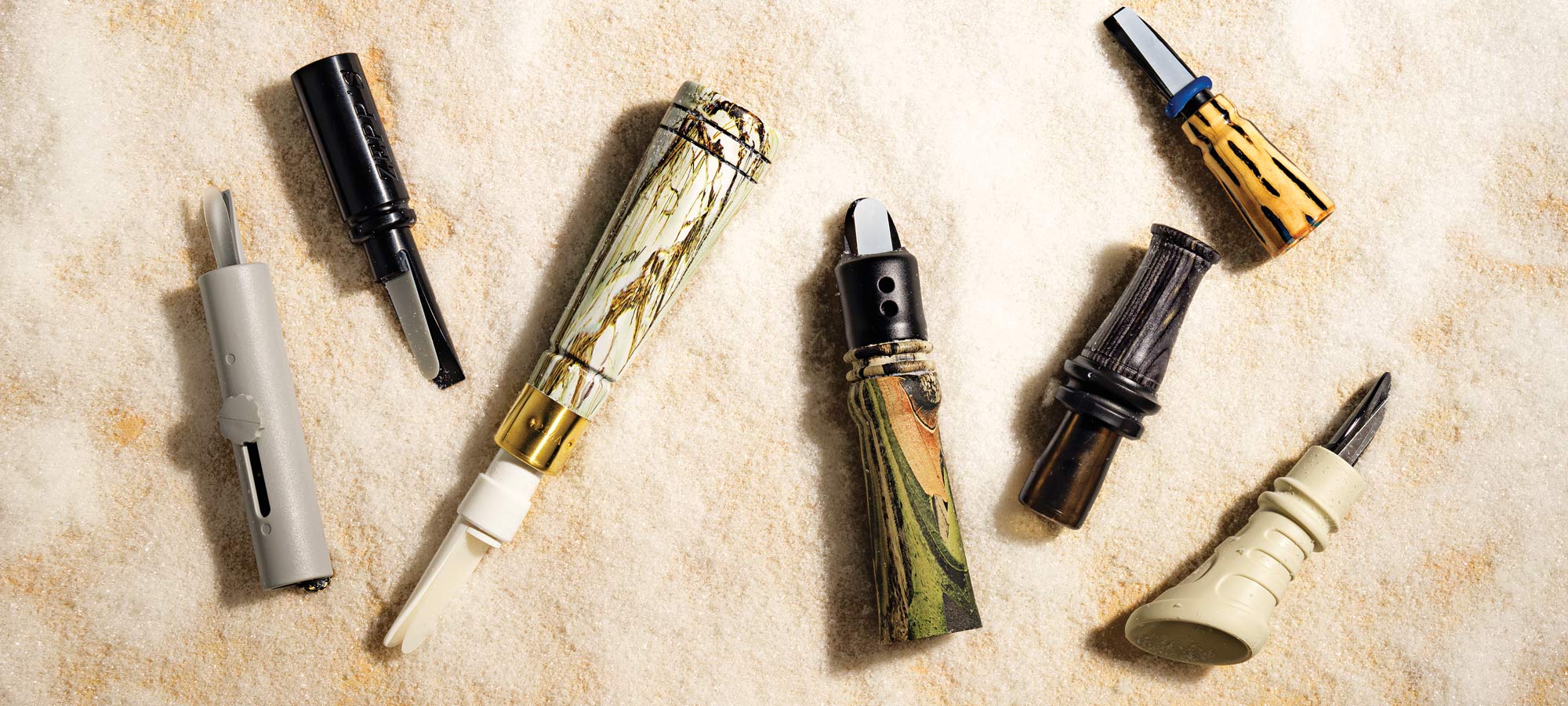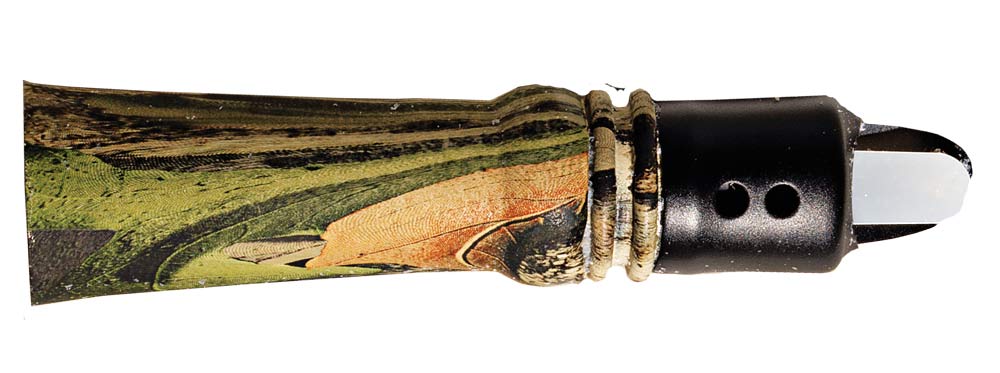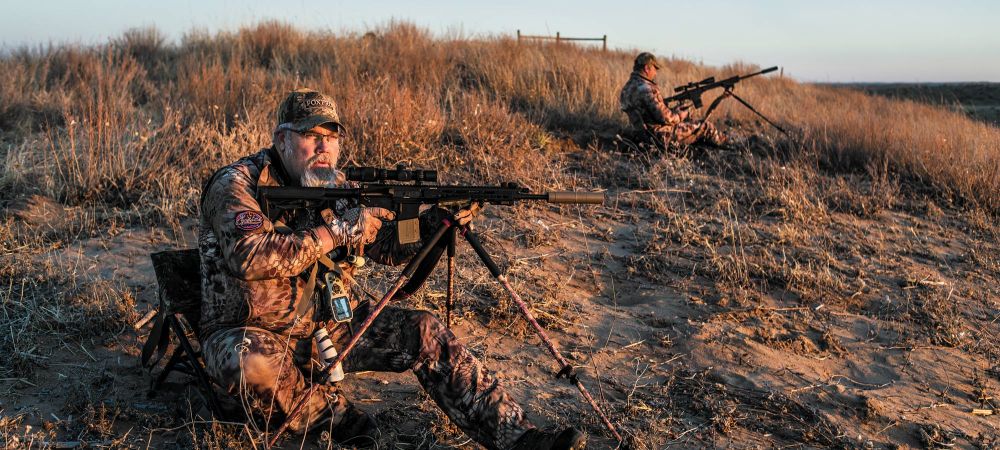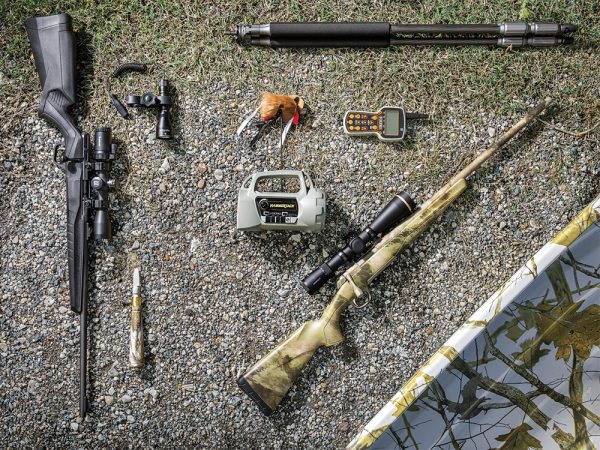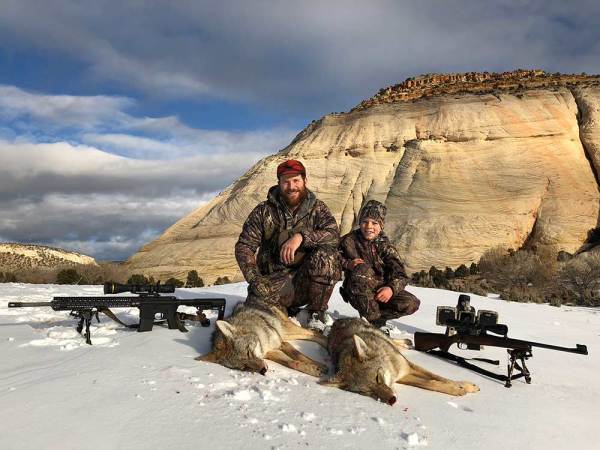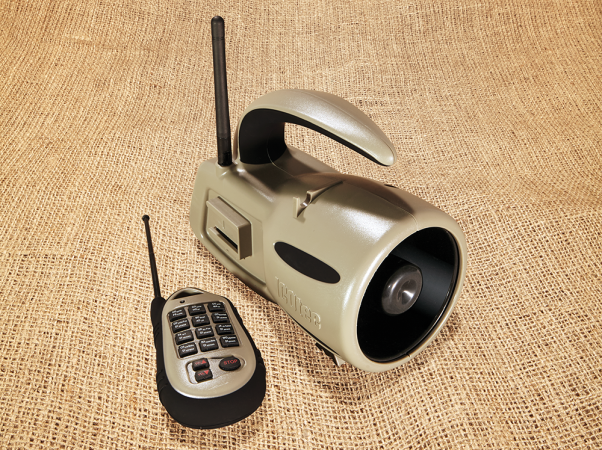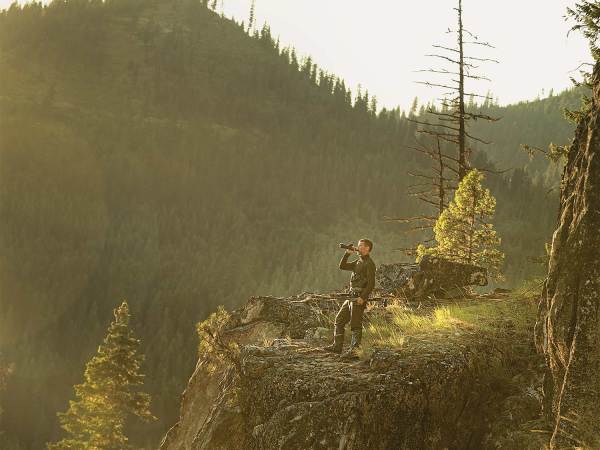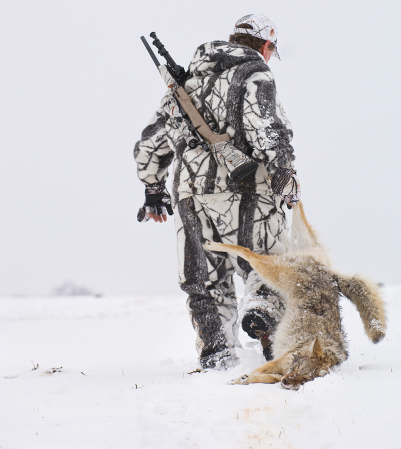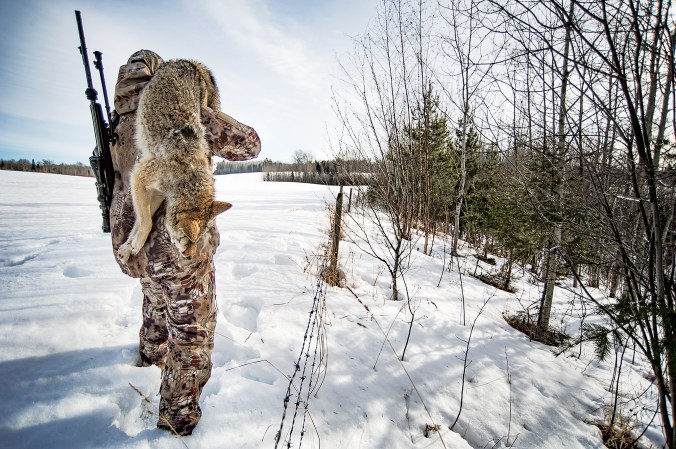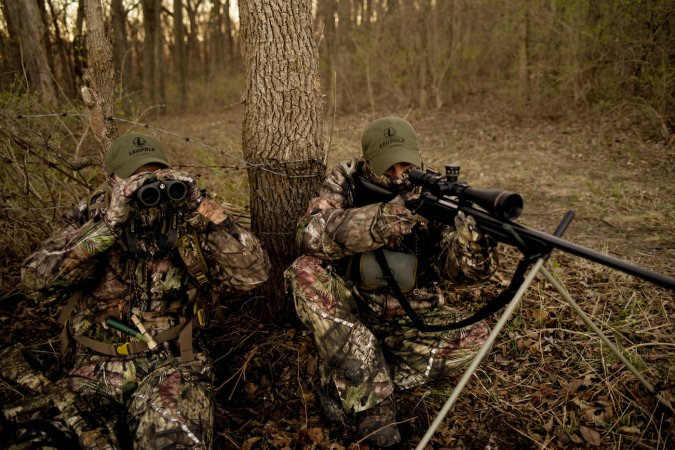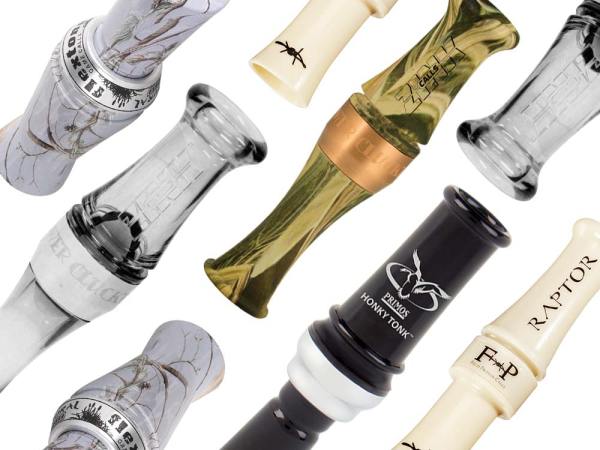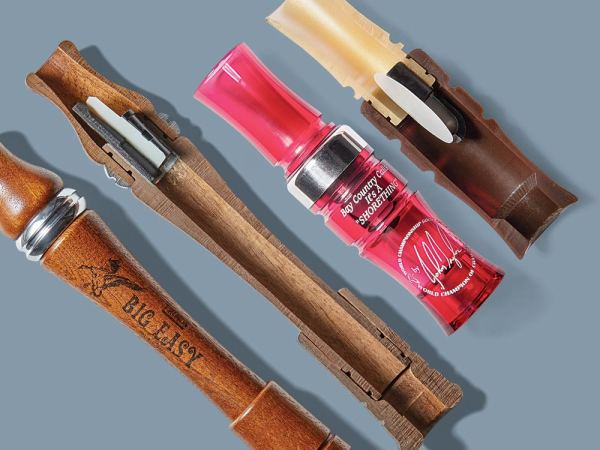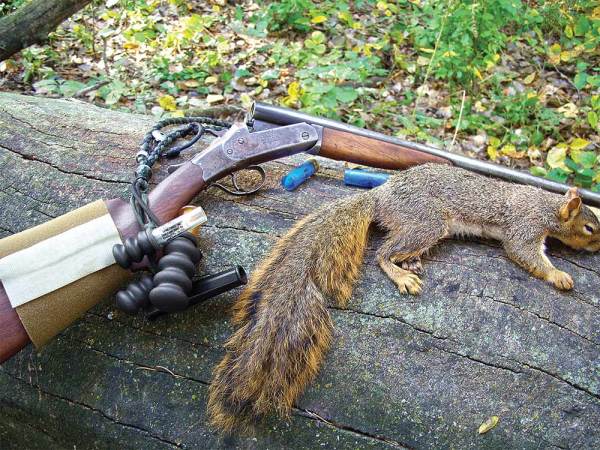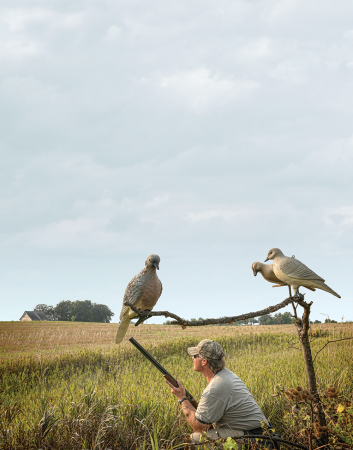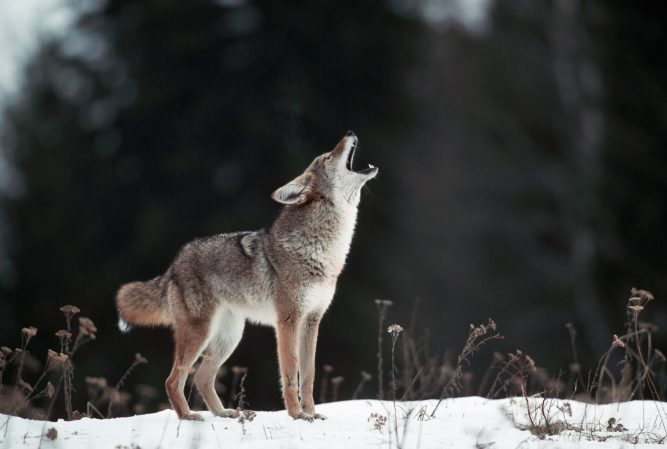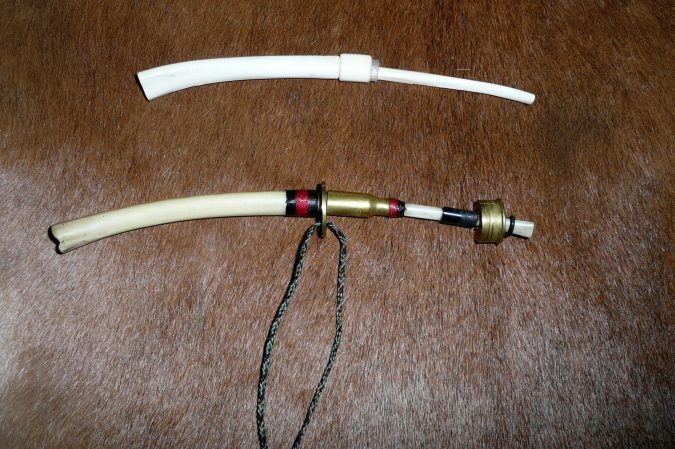We may earn revenue from the products available on this page and participate in affiliate programs. Learn More ›
Over the past 15 years or so, predator calling has taken hold as a major winter pastime for recreational hunters across the country. The temperatures can be cold, but efforts are often rewarded with plenty of excitement to offset the post-big-game-season blues.
We took a look at seven great mouth calls that will put fur on the stretchers, evaluating them on several criteria that anything hanging on a predator hunter’s lanyard should have.
Ease of use: The easier a call is to get comfortable with, the sooner it can be put to good use. Mouth fatigue also plays a part in this—the less effort a call requires to blow, the more effective it will be.
Sound quality: No animal in distress sounds “pretty,” but an experienced ear can tell what sounds real.
Volume: On a blustery, windblown day, a loud call can mean the difference between going home empty-handed and a skinning party.
Versatility: A call that can make multiple sounds means you won’t need to switch to a different call as often, making for less movement and noise that will give you away.
Freeze factor: In colder regions, having a call freeze up is a real concern, and more than one call has been slung into the brush because it froze at an inopportune moment.
We tested each call in temperatures down to -20 degrees F, evaluated it in all categories, and gave it an overall score from 1 to 10, with 10 being the best.

Price: $32, cactus; $22, wood • Score: 9.4
Carver Predator Calls
They say good things come in small packages, and in this case, they’re right. This was one of the easiest calls to pick up, required very little effort to produce good sound, and was the loudest call in the lineup. Often, volume is the trade-off for sound quality, but not here. It was very easy to produce both raspy and silky distress tones that sounded fantastic. Although the coyote distress sounds weren’t quite as easy to make compared with the other calls, that was a minor hitch. Both doe and fawn cries were a cinch. This call is a winner.
Dan Thompson Game Calls: Sweetwater Howler
Price: 32 • Score: 9.2
Dan Thompson Game Calls
If you caught that this is a howler in a lineup of distress calls, you are correct. Versatility is the hallmark of this call. A howler, yes, but remove the mouthpiece and you have a great open-reed distress call. Your imagination and ability are the only limits to the sounds this call can produce. With the wood megaphone, it’s one of the simplest howlers to use, and easily holds a desired pitch. In “distress mode.” The mouthpiece alone is loud and sounds great, producing rabbit, deer, bird, and coyote-pup distress calls.
Zepp’s Predator Calls: Badlands Gunner
Price: $25 • Score: 8.8
Mark Zepp
The Badlands Gunner is a call any serious predator hunter would be happy to own. It’s well built and durable, with a machined body and mouthpiece. It has a little more of a learning curve than some of the other calls, but it is a classically simple open-reed call. The stiff reed requires a bit of practice and finesse but produces a fine, deep jackrabbit waaa-waaa that has lured many coyotes into range. As with many open reeds, it has great versatility, and will give you a pretty good howl in a pinch. All in all, this is a great option that will last you for years.
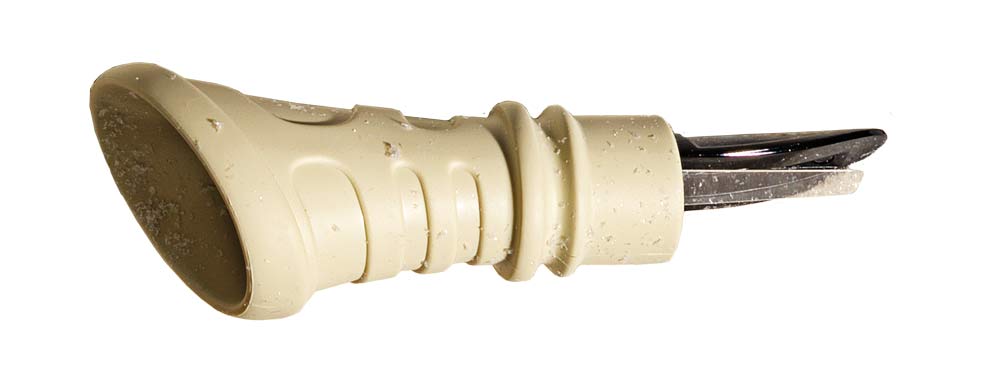
Price: $20 • Score: 8.6
FoxPro
Made by a big name in predator calling, this one didn’t disappoint. The 4K9 is another open-reed design, with a rubber megaphone-contoured tube that produced some of the loudest calls of w test. The tube gave a bit of a hollow tinge to distress cries, but it still sounded great. The thin reed made hitting pitch effortless and was very easy on the mouth, even during extended calling sessions in cold weather. As the name suggests, it produces great coyote barks, yips, and distress sounds, and will work as a mini-howler in a pinch.
E.L.K. Inc.: Yote Buster
Price: $16 • Score: 8.4
E.L.K. Inc.
A different take on the usual open-reed design, the Yote Buster has a sliding mouthpiece that can be retracted into the tube. Having bent several reeds over the years, I see the value in this. The especially thin mouthpiece and narrow reed make this a user-friendly call. And although it’s not the loudest, it produces good sound quality, and causes very little lip fatigue. One creative feature is that it comes with a wrist cord, keeping it right by your hand instead of rattling around your neck, and it can be easily tucked into your sleeve when not in use.
Read Next: A Crash Course in Coyote Hunting
Rocky Mountain Hunting Calls: Dawg Gone
Price: $15 • Score: 8.4
Rocky Mountain Hunting Calls
This call is a great option for beginners. Although it’s technically an open-reed design, it has a lip positioner to aid in getting that perfect distress sound. The positioner partially covers the reed, making it just a little less freeze-resistant than other calls. But I didn’t find that to be a major issue. The broad range of sounds this call can produce makes it a terrific option for predators all across the U.S. With just a little practice, I was able to get great rabbit- and deer-in-distress sounds out of it.

Price: $12 • Score: 8.4
Primos Hunting
Being the only closed reed-call in the test didn’t do this call any favors in the versatility category. This is a cottontail call, and that’s about all it does, but it does it well. Let this one rip, and get ready for those blood-curdling screams that no other type of call can quite reproduce. The upside of this closed-reed call is that it’s incredibly easy to use, and can vary from a soft whine to nails-on-a-chalkboard squeals that brings hungry dogs running. During the climate test, it struggled with freezing, which cost it some points.

